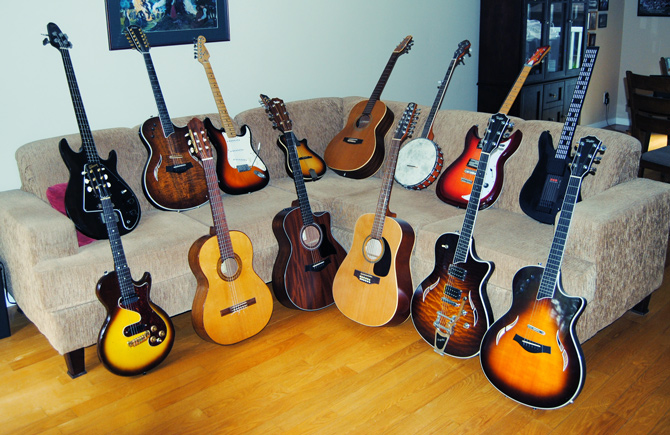Cajun music has its roots in the ballads of the French-speaking Acadians of Canada.The first form of traditional Cajun music started with the arrival in south Louisiana of the Acadians from New Brunswick and Nova Scotia in 1764, Many of these songs can be traced back to France and they drifted to the bayous and the prairie region of Louisiana, forming the basis of what is now accepted as Cajun music.
The first recording of Cajun music, made in 1928 by noted historian and American folklorist Alan Lomax, was “Allons à Lafayette” (Let’s Go To Lafayette) by Joe Falcon (1900-1965) and his wife, Cléoma Breaux (1906-1941) Significant musicians during these early years include two duos: accordion player/singer Amédé Ardoin (1898-1942) and fiddler Dennis McGhee (1893-1989), as well as, some years later, accordionist Alphonse “Bois Sec” (Dry Wood) Ardoin (1915-2007), Amédé’s younger cousin, and fiddler Canray Fontenot (1922-1995). The diatonic accordion and the fiddle were the main instruments of all Cajun music at that time, to which was added the triangle, known throughout Louisiana as the “’tit fer” (little iron).
After World War II, there was a surge of patriotism and pride throughout America and everybody, including Cajuns, wanted to be an American. Consequently, people spoke less French and Cajun music gravitated towards the Texas Swing of Bob Wills and the irresistable musical force that was Hank Williams. More than any factor, this cultural shift was halted in Louisiana by the arrival of Iry LeJeune, who brought with him an extensive repertoire of magnificent French songs, a strong voice and a tremendous, driving accordion style. He became one of the most popular Cajun artists of all time and pretty soon everyone danced to the sound of cajun music in all the dance halls of Louisiana.
Nearly blind from birth and unable to help with farm work, Iry LeJeune spent his early years at the home of his uncle, Angelas LeJeune, a popular Cajun musician known for his superb recording of “Bayou Pon Pon” in 1929. Iry was allowed to practice on his uncle’s accordion and heard, in addition to Angelas’s music, recordings by the great Creole accordionist and singer, Amédé Ardoin, both of whom influenced him deeply.
On the night of October 8, 1955, LeJeune and fiddler J.B. Fuselier were returning home from a dance in Eunice (Louisiana) when their car had a flat tire. As they changed the tire at the side of the road, both men were struck by a speeding car. Fuselier was seriously injured and LeJeune was thrown into a nearby field, killed instantly. He was not yet 27 years old. He left a wife and five children mourning. Two of Iry’s sons, Eddie and Ervin, followed in their father’s musical footsteps.
Iry LeJeune left a legacy of 26 recorded songs, perhaps a small body of work but absolutely essential to the development of Cajun music. He recorded « J’ai été au bal » (I Went to the Dance) in 1954 and the song was released posthumously in 1957. Years after his death, his recordings remain in print and his songs are sung and played by musicians throughout Louisiana and the world.
The 60s Folk revival brought many artists, in particular the Balfa Brothers, the most important and respected of all Cajun musicians, to the northen folk festivals and led to a period in Louisiana.of burgeoning pride in the local Cajun and Creole culture. There was now an interest throughout the State in preserving the French language and the uniquely Louisiana traditions. In 1968, the Council for the Development of French in Louisiana (CODOFIL) was founded and today almost 100,000 students study in French in 26 immersion schools across Louisiana.
Production note: I play the mandolin here as a percussion instrumnt, hitting the strings with wooden kebab skewers! It’s a “fiddler’s trick” that I borrowed from Dewey Balfa (1927-1992).
Richard Séguin – voice, mandolin, MIDI guitar (diatonic accordion)
Alrick Huebener – upright bass
Roch Tassé – ‘tit fer

Ajouter un mot
You must be logged in to post a comment.